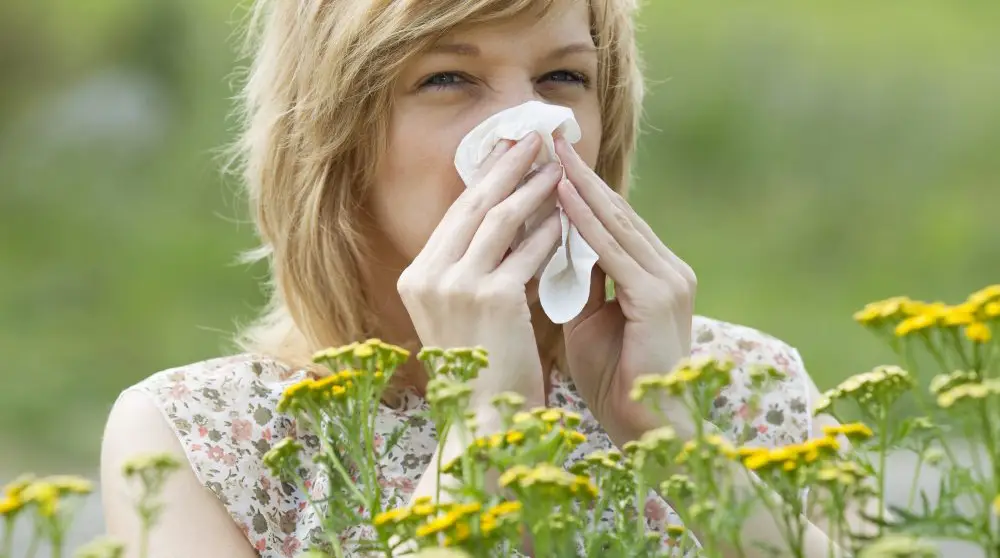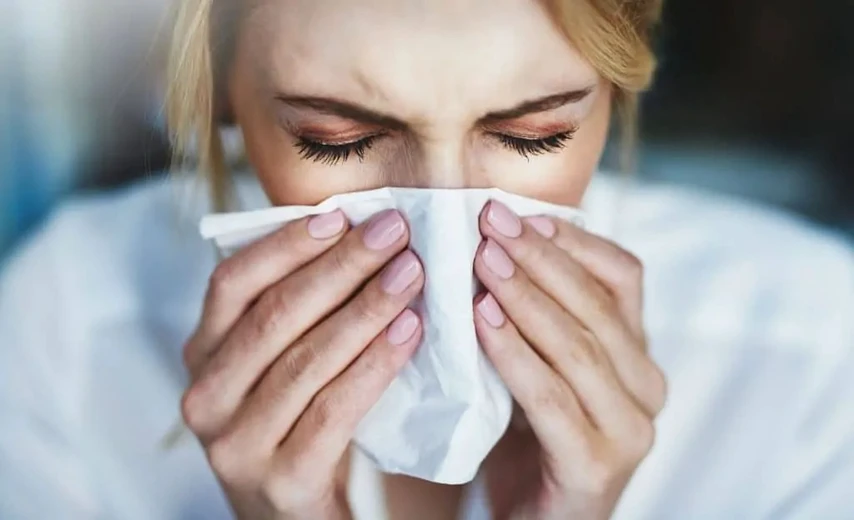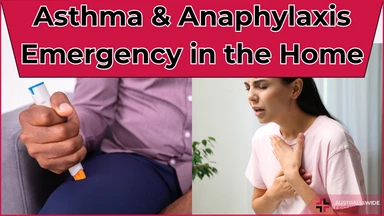Guide to Dealing with Hay Fever in Australia


Let’s open this first aid and treatment guide with some important numbers on allergic rhinitis, a condition more commonly known as hay fever.
As many as 1 out of 5 Australians suffers during the hay fever season, which peaks in the warmer months of October to April in Australia.
Unlike other conditions, hay fever targets all age groups indiscriminately, but is noted to affect more Australians of working age than very young children and the elderly.
The Australian Capital Territory (ACT) and Western Australia are the locations that bear the brunt of the most allergic rhinitis cases in the country.
Though the numbers are rather stark, most Australians assume a laissez-faire attitude about hay fever—after all, what could be so serious about having watery eyes or sneezing just a little more than usual?
Little do they know, hay fever is nothing to sneeze at, since untreated symptoms could lead to more serious health complications such as asthma or a severe allergic reaction.
It is therefore in everyone’s best interest to nip hay fever in the bud—and Australia Wide First Aid, an advocate of first aid training for everyone, is here to show the way.
In this feature, you’ll learn how to identify the causes of hay fever, treat individual symptoms, decrease the chances of suffering an allergy attack, and stay on top of your asthma action plan.
Hay fever is caused by an inflammation of the nose's mucous membrane when it comes into contact with allergens. When allergens enter one’s airways, the body reacts by making an allergic antibody.
The medical name for hay fever – allergic rhinitis – is the Greek word rhino (meaning “nose”). This makes perfect sense for sufferers of allergic rhinitis throughout the ages who commonly experience irritated sensations in the nose.
In Australia, grass pollen is the primary instigator of hay fever.
Threats of allergic rhinitis from grass pollen are often worsened by the weather, i.e. during a windy day when many pollen grains are adrift.
Allergic rhinitis can also be caused by other allergens such as house dust, dust mites, animal dander, fungal spores, and air pollutants—it is just a matter of what the victim is exposed to, what they are allergic to, and to what degree.

Pollen and many other allergens may be typically benign in nature, but if a person is susceptible to hay fever, their body will confront the entry of the allergen by releasing inflammatory cells.
In this sense, the body will treat an intrusion of pollen just like it would viruses or harmful bacteria.
Such a reaction triggers the familiar symptoms of hay fever, which include the following:
At worst, the symptoms of hay fever can evolve into those of an asthma attack or even anaphylaxis. In those cases, you will need to watch out for extraordinary symptoms such as:
The best method to reduce the impact of hay fever on your everyday spring or summer routine is two-fold: treating the symptoms in a timely manner and being conscientious about preventing the spread of pollen grains or other allergens.
Under best practices for immediate treatment of hay fever symptoms, Australia Wide First Aid recommends the following:
To avoid coming into contact with allergens and developing the symptoms of allergic rhinitis, make sure to do the following:
Hay fever is a common disturbance to Australians, but with an attitude of care and vigilance, fewer people can suffer from its symptoms or from its resultant asthma and allergic attacks.
Knowing first aid will give you an edge over the health risks that will plague you during spring and summer—and Australia Wide First Aid will give you the first-class training you need.
Our Provide First Aid course covers how to relieve the symptoms of allergic rhinitis, respond to asthma and anaphylaxis-related emergencies, and administer related first aid techniques.

October 2, 2013
In an asthma or anaphylaxis emergency you should know the symptoms, remove triggers, and know how to respond. Read on to understand these important aspects in the context of such an emergency.

May 7, 2024
Asthma, a chronic respiratory condition affecting millions worldwide, is often shrouded in myths and misconceptions. Despite how common it is, there is a distinct lack of common knowledge. This is leading to potential mismanagement and unnecessary anxiety for those living with asthma.

February 19, 2024
For many Australians, our city and outdoor lifestyles come with a hidden challenge – dust allergies. Dust mites, pollen, and other airborne particles can trigger allergic reactions, affecting a significant portion of the population.